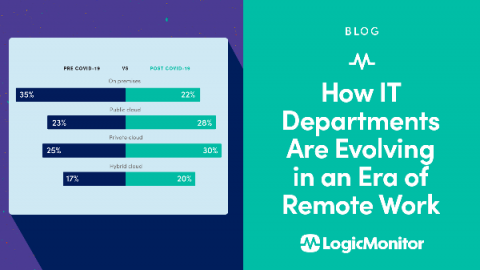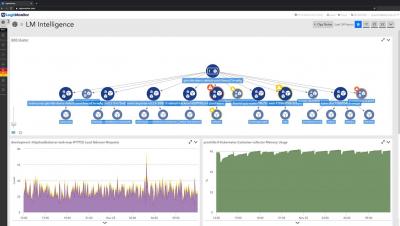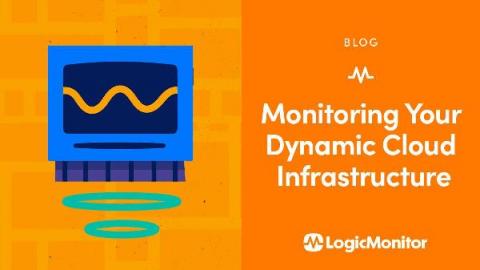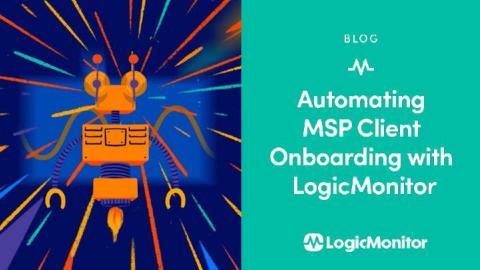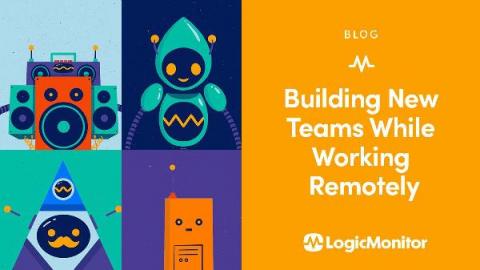How IT Departments Are Evolving in an Era of Remote Work
Maintaining business continuity is both more difficult and more important than ever in the era of COVID-19. Typically, IT departments evolve their approaches and technologies over time to meet the needs of customers. But that approach may soon be outdated thanks to the global pandemic.


